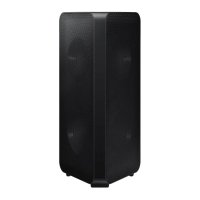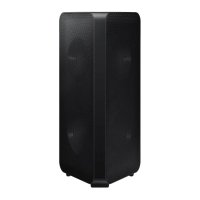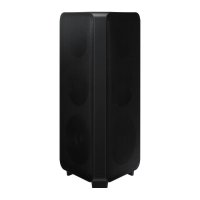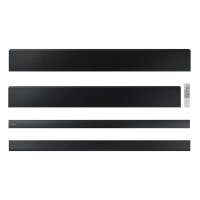How to Pair Headphones with a TV Without Bluetooth
Pairing headphones with a TV that lacks built-in Bluetooth may seem tricky, but there are several alternative methods to achieve this. Here’s a detailed guide to help you enjoy private listening without Bluetooth.
1. Use a Wired Connection
Most TVs have a headphone jack or an audio output port, allowing you to connect headphones directly.
Steps:
Check the Ports: Look for a 3.5mm headphone jack or RCA audio output ports on your TV.
Connect Your Headphones: Plug your headphones directly into the headphone jack.
Use an Adapter if Needed: If your TV has RCA ports (red and white), use an RCA-to-3.5mm adapter to connect wired headphones.
Pros:
No additional devices needed.
Stable and lag-free audio.
Cons:
Limited by the cable length.
2. Use a Bluetooth Transmitter
A Bluetooth transmitter converts your non-Bluetooth TV into a Bluetooth-enabled one.
Steps:
Purchase a Bluetooth Transmitter: Ensure the device is compatible with your TV.
Connect the Transmitter: Plug the transmitter into the TV's headphone jack, optical audio port, or RCA ports (depending on the transmitter).
Pair Your Headphones: Follow the transmitter’s instructions to pair your Bluetooth headphones.
Pros:
Allows wireless connectivity.
Works with most Bluetooth headphones.
Cons:
Slight audio delay (latency) with some models.
Requires charging or a power source for the transmitter.
3. Use Wireless RF Headphones
Radio Frequency (RF) headphones come with a base station that connects to your TV and transmits audio wirelessly.
Steps:
Purchase RF Headphones: Ensure they come with a compatible base station.
Connect the Base Station: Plug it into the TV’s audio output port (headphone jack, RCA, or optical).
Turn On the Headphones: They will automatically connect to the base station.
Pros:
Superior range compared to Bluetooth.
Minimal audio delay.
Cons:
Requires a dedicated RF headphone system.
Bulky setup compared to Bluetooth.
4. Use an HDMI Audio Extractor
If your TV doesn’t have a headphone jack or RCA ports, an HDMI audio extractor can provide an audio output.
Steps:
Purchase an HDMI Audio Extractor: Ensure it has a headphone jack or RCA outputs.
Connect the Extractor: Plug the extractor between your TV and HDMI device (e.g., streaming stick or set-top box).
Connect Your Headphones: Use a wired connection or connect a Bluetooth transmitter to the extractor.
Pros:
Works with modern TVs with HDMI ports.
Can extract audio without interfering with video quality.
Cons:
Adds an extra device to your setup.
5. Use Your Streaming Device’s Audio Features
If you’re using a streaming device like a Roku, Fire TV Stick, or Apple TV, you may have headphone pairing options.
Steps:
Check Device Settings: Some devices allow headphone pairing through their apps or settings. For example, Roku’s mobile app lets you listen privately via your phone.
Connect Your Headphones: Use the device’s dedicated app to pair your headphones.
Pros:
Convenient if you already own a compatible streaming device.
No additional hardware required.
Cons:
Limited to streaming device functionality.
6. Use a Home Theater System or AV Receiver
If you have a home theater system, it can act as an intermediary for connecting headphones.
Steps:
Connect Your Headphones: Plug them into the headphone output of your AV receiver or home theater system.
Configure Audio Settings: Set the TV’s audio output to the home theater system.
Pros:
Utilizes existing audio equipment.
Can work with high-quality headphones.
Cons:
Requires a home theater setup.
Limited portability.
Conclusion
Pairing headphones with a TV without Bluetooth is entirely possible with the right tools and methods. From wired connections to wireless transmitters and RF systems, there’s a solution for every setup and preference. Choose the option that best fits your needs, and enjoy an enhanced viewing experience without disturbing others in the room.



